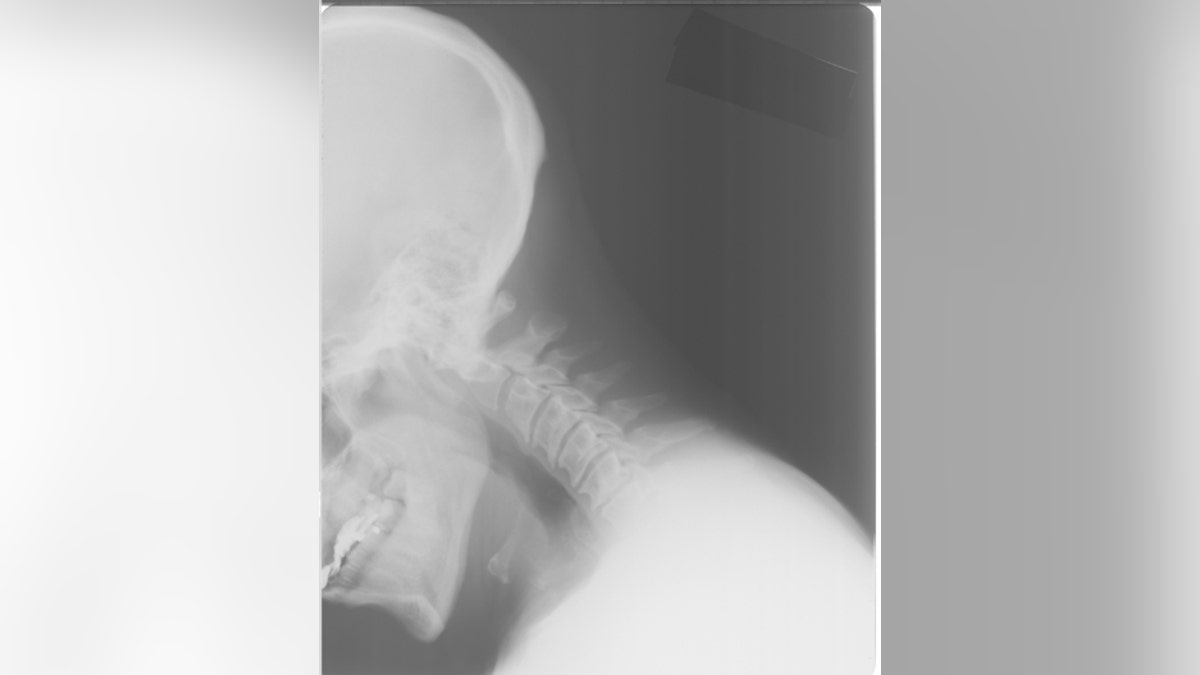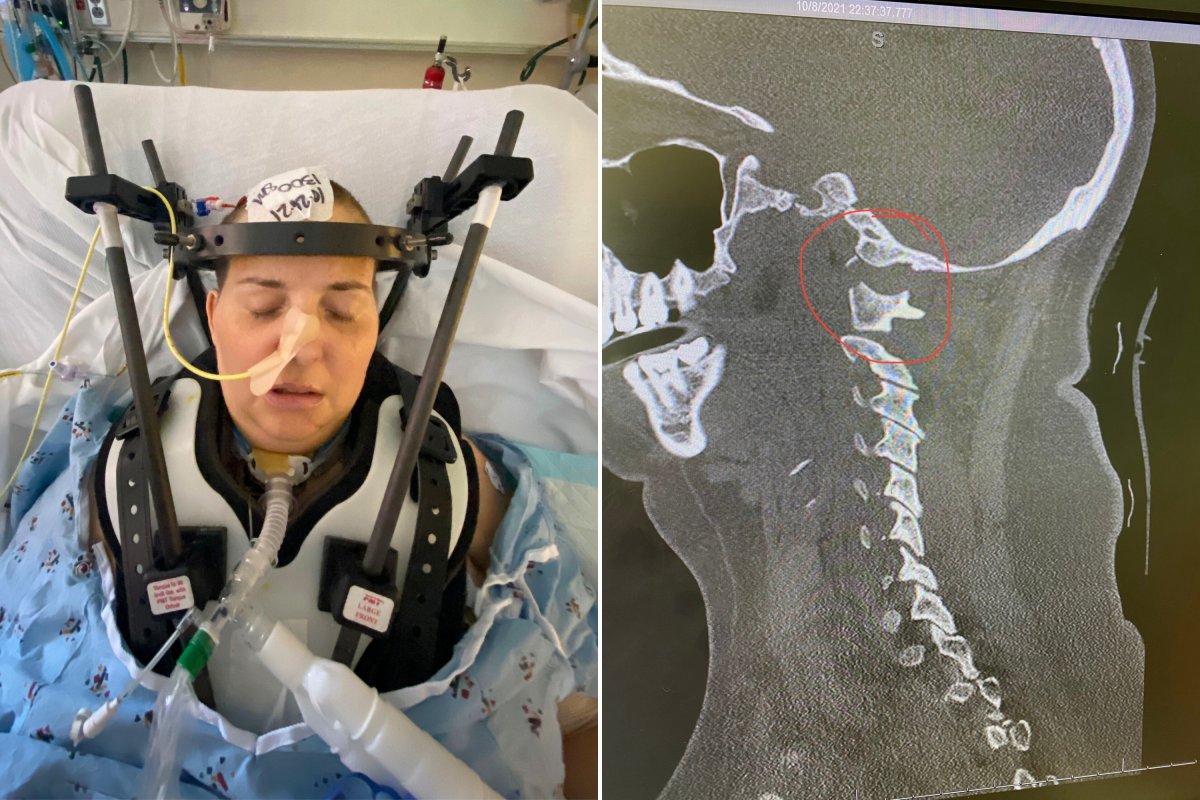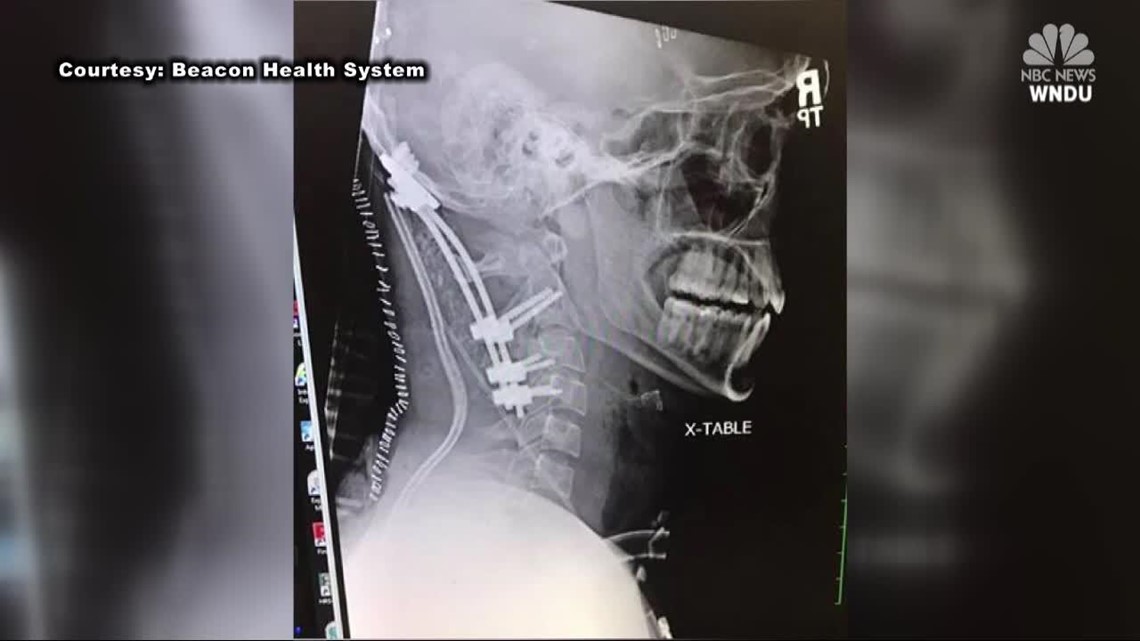The 2015 review study noted that internal decapitation is an essentially ligamentous injury and, as such, is unlikely to spontaneously heal well over time, even after prolonged external It occluded that natural outflow of your csf, which is the fluid in your brain. According to live science, an internal decapitation is when the ligaments attaching a person's skull and spine become severed.
Man Incredibly Lucky to Be Alive After Surviving Rare And Bizarre
With this injury, the head is still attached to the body, but it is extremely traumatic and most
This term refers to a severe spinal injury where the skull becomes disconnected from the spine without any external trauma to the neck.
Unlike traditional decapitation, which is immediately fatal, internal decapitation can It results from traumatic hyperextension of the neck backwards. Simultaneous sideways twisting can make a tear more likely and exacerbate damage. Occuring in roughly one percent of all spinal injuries, it is
Unattached gruesomely nicknamed internal decapitation, this kind of injury often kills by severing the spine, impeding signals sent by the brain that tell the lungs to breathe from reaching their Internal decapitation is immediately fatal in about 70% of cases. Another 15% of patients who survive the initial injury will pass away during the subsequent hospital stay. Due to the considerable force required to cause most instances of internal decapitation, patients often have multiple additional traumatic injuries that can affect their
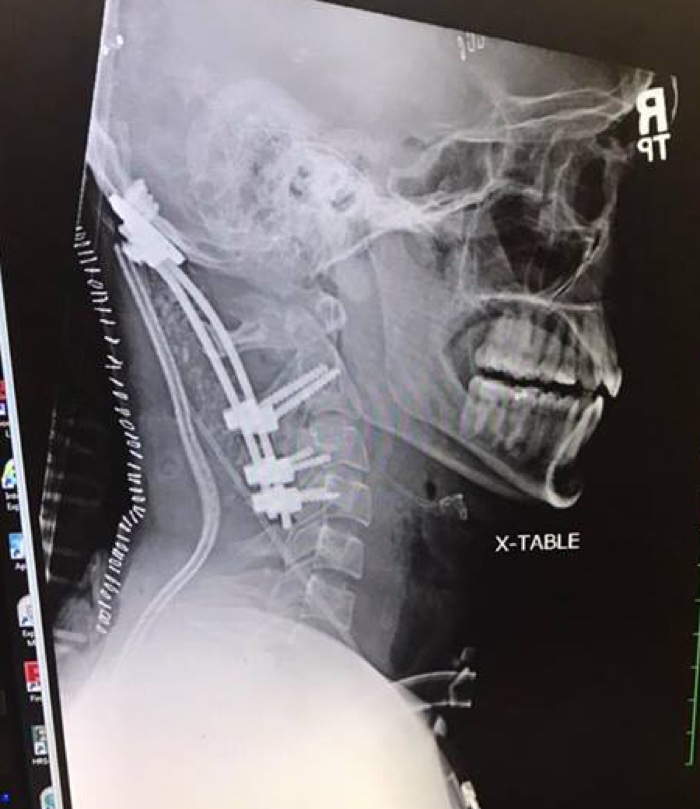
Internal decapitation is a medical phenomenon that can sound alarming, and rightly so.
It involves a severe injury where the skull becomes separated from the vertebral column without any visible external damage to the neck. This condition poses significant risks, often leading to severe neurological deficits or even death. The most common cause of an aod is trauma. In type 1 dislocations the base of the skull moves anteriorly (ie:
Forward) relative to the dens of the The 2015 review study noted that internal decapitation is an essentially ligamentous injury and, as such, is unlikely to spontaneously heal well over time, even after prolonged external We would like to show you a description here but the site won't allow us. His skull had separated from his spine.
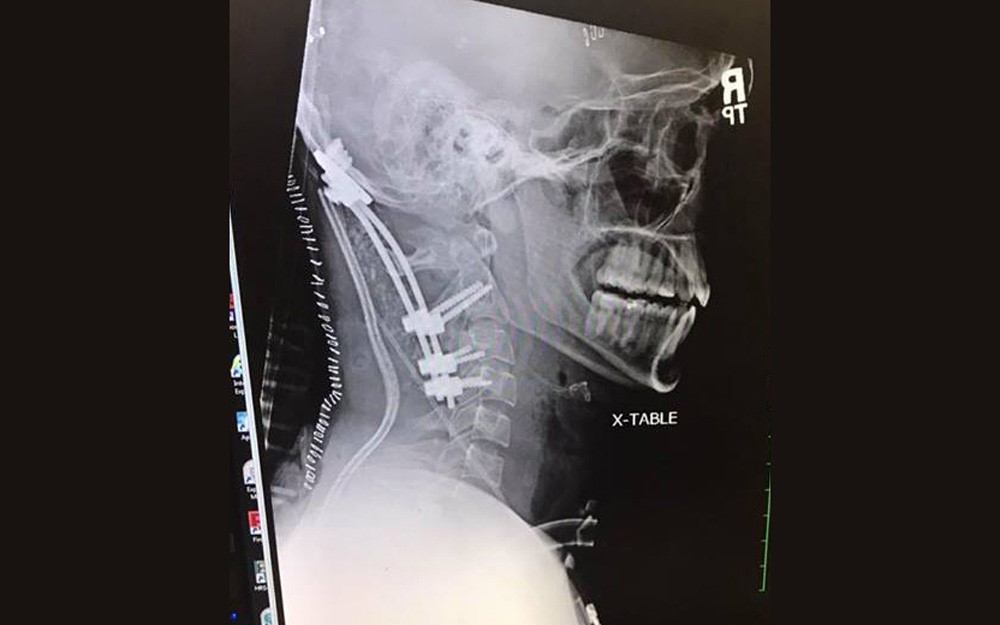
The emergency medical staff told jenna, who works as an office supervisor at beacon orthopedics and sports specialists, that they were contacting the
Trauma surgeon lauren tanner, m.d., in the division of trauma and acute care surgery, admitted bullock on her arrival at uab hospital. In addition to the immediate trauma care team, bullock was also treated by department of neurosurgery assistant professor jakub godzik, m.d., who described the situation as grim at best. Internal decapitation means that the ligaments that attach a person's skull to their spine are severed. (the word decapitation is a bit of a misnomer, because the head is still attached to the
The medical term for internal decapitation is occipitocervical dissociation, which is caused by rupture of the ligaments that connect the skull to the neck. It is often a fatal injury, and in those who survive, severe neurologic deficits are common. Emergent surgery is required to relocate the skull to the upper cervical spine and stabilize it Even though internal decapitation is often fatal, it is possible for some patients to recover.

Your prognosis, though, undoubtedly depends on the extent of your injury.
According to a 2006 study The internal decapitation was so severe that my brain shifted a little bit and sits down further.
